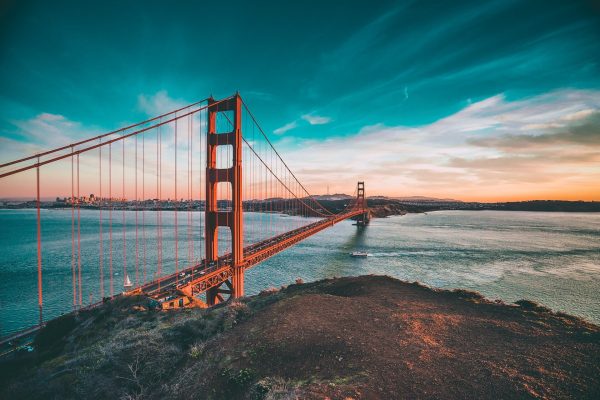About Cascadia
No matter where you live, you are living within a bioregion. A set of interconnected physical boundaries, mountains, rivers, watersheds, firesheds, foodsheds, which makes a place unique, and from which our communities stem and grow.
By reconnecting and rooting into what make these areas special, we can reconnect with ways of living specially suited for every area, develop place appropriate policies and technologies, and connect with indigenous ways of living that have developed over thousands of years.
Stretching for more than 2500 miles along the Pacific Coast, the Cascadia bioregion is comprised of 75 distinct ecoregions that spread across an incredible diversity and range of habitats, wilderness and landscapes. These watersheds stretch from South East Alaska to Northern California, and from the crest of the continental divide to the Pacific coast westward. Colloquially, Cascadia is more simply known as ‘Salmon Nation’, and its borders extend as far as salmon swim.
Specifically, the Cascadia bioregion stretches from Mt. St. Alias South East Alaska down the Pacific Coast to Cape Mendecino in the South, and all the way to the Yellowstone caldera in the east, incorporating large portions or all of British Columbia, Oregon, Washington, Idaho, and parts of Northern California, Wyoming, Nevada and South East Alaska.
It is defined by the Fraser, Columbia and Snake rivers, and uses watersheds as it’s basis for boundaries, rather than lines drawn by old white men who had never been to the area.
This includes the watersheds of the:
- Clearwater, Eel, Rogue, Deschutes, Bulkley, and Bella Coola.
- Columbia, Fraser, Skeena, Snake, Stikine,
- Flathead, Salmon, Nechako, Klinaklini,
- Klamath, Skagit, Lillooet-Harrison, Clearwater,
- Shohomish, Homathko, Iskut, Cowlitz, Taku,
- Squamish, Quesnel, Santiam, Umpqua, Spokane,
- Willamette, Alsek, Kootenay, Nass, Thompson, and Pend Oreille.
From these, larger ‘ecoregions’ are defined; 75 total within Cascadia, which together make up the entire bioregion.
The Cascadia bioregion is home to slightly more than 16 million people (16,029,520), and would have an economy generating more than 1.613147 trillion worth of goods and services annually, placing it as the worlds 9th largest economy and roughly equivalent to that of Canada or Italy. Its population would be similar in size to that of Ecuador, Zambia, Cambodia, or the Netherlands.
By land area Cascadia would be the 20th largest country in the world, with a land area of 534,572 sq mi (1,384,588 km2), placing it behind Mongolia and ahead of Peru.
Cascadia contains the largest tracts of untouched old growth temperate rainforests in the world, including 7 of the top 10 worlds carbon absorbing forests, the worlds tallest trees, thousands of volcanoes, hot springs, rivers, lakes, inlets, island and ocean, and some of the last diminishing, though still impressive wild habitats of salmon, wolves, bear, whale, orca. In all – more than 350 bird and mammal species, 48 reptiles, hundreds of fungi, lichen, and and thousands of invertebrates and soil organisms call Cascadia home.
With a GDP of 356 billion, Cascadia’s largest city Seattle has an economy slightly smaller than Thailand, but larger than Colombia and Venezuela. The region also has one of the fastest growing clean energy sectors in the world, is energy sufficient, generating almost all of its energy based on renewable resources, and already exports electricity to surrounding states and provinces.







